Top Story
Name: Jenifer Acosta
Company: Jenifer Acosta Development
City: Bay City, Michigan
Product Types: Adaptive use, mixed-use, and residential
People at ULI Michigan told me I should be in touch with you! What have you been up to with the Urban Land Institute?
When I started my development firm, I took advantage of several educational opportunities through the Urban Land Institute. I also went to the Fall Meeting in San Francisco in 2015 and the bi-annual Small Scale Developer Forum in Pittsburgh in 2016. I’m also in the 2017 ULI Michigan class of Larson Leadership out of Detroit.
Where are you doing your work?
All my work is in Bay City, Michigan. It’s where I’m focusing my investment right now. It’s also my hometown. Bay City is a small community for sure. We’re about two hours north of Detroit. We technically qualify as rural.
With the market economy of a small town, it’s difficult to be a developer doing historical and adaptive use. But I love the challenge.
How does that affect the scale of your work?
A $12 million historic redevelopment project in Chicago will appraise and be worth $12 million because they can get the rents. In Detroit, the same project might appraise for $8 million to $10 million depending on where in Detroit. In Bay City, Michigan, it will appraise for $5 million. That leaves a large gap over value [where] no bank will lend.
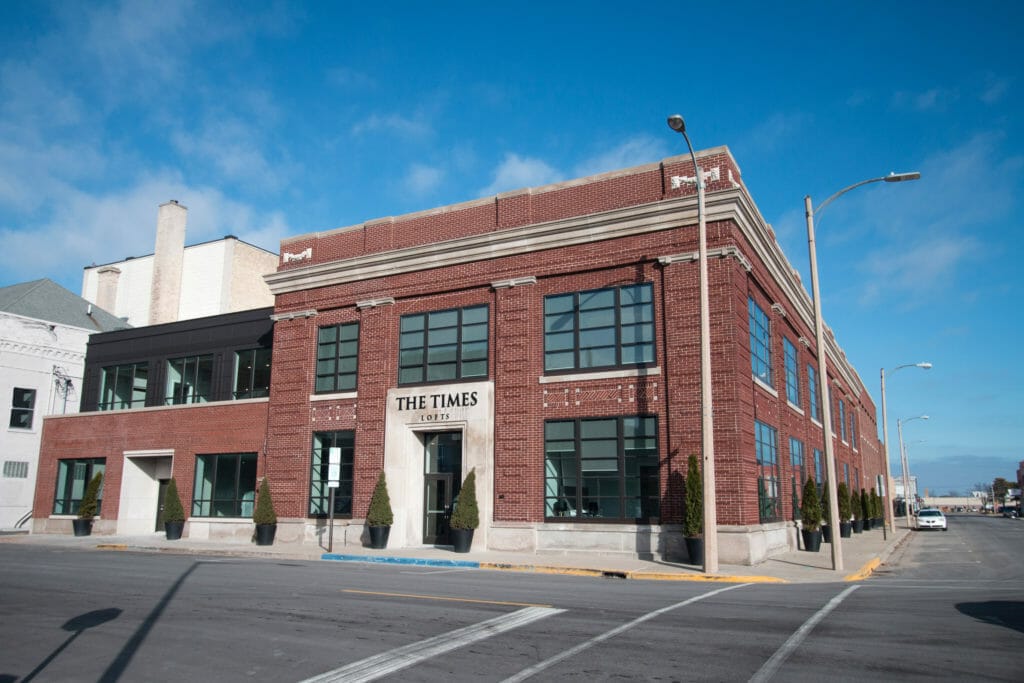
The Times Lofts, an adaptive use of a historic newspaper building redeveloped into 31 lofts. Development process managed by Jenifer Acosta.
I have to use incentives to make my projects pencil out. The market supports only a certain amount of the project costs, so above the bank loan and equity there is a gap to fill. The Michigan Economic Development Corporation [MEDC] has a Community Revitalization Program (CRP). Historic tax credits have been of paramount importance in my work. I usually do historic properties that are large enough to fit more than 24 units. I find that number makes or breaks the numbers a bit. Projects have to have character, density, and scale. Also using local incentives like property tax abatements, brownfield incentives. . . . It requires a lot more paperwork [chuckles] to do something to scale in a smaller economy.
Before you were a developer, you initially worked in affordable housing in Miami. How has that experience transferred to Jenifer Acosta Development?
The markets are definitely night and day between Miami and Bay City. One of the interesting things: We would reply to Miami-Dade Housing Authority requests for proposals [RFPs] on properties, and we really liked looking at the historic properties in Miami. They were smaller and, in some ways, more difficult to redevelop, but I think the character they added to the neighborhoods and community was something valuable. I carry that forward because I love the cultural impact.
In dealing with the day-to-day operation of your enterprise, what do you find to be the most difficult to accomplish?
Time management is something I wrestle with. My goal is to find the balance between being on site, managing the paperwork, and meetings. With small children at home, I don’t want to cut into family time too often, so I have to be incredibly conscious of how I schedule my days. Lately, I’m doing better at saying no to things.
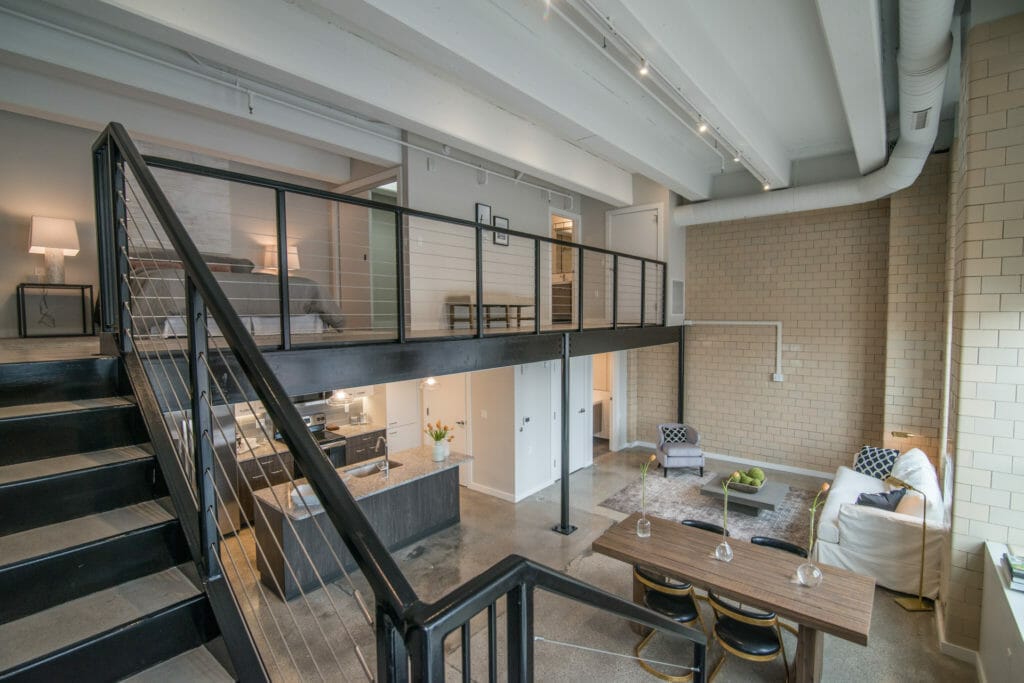
The old print press spaces of the historic newspaper building became Times Lofts’ multi-story, industrial lofts. Development process managed by Jenifer Acosta.
Where do you turn to get a fresh perspective or experienced insight on a prospective or existing deal?
One of the biggest things I got out of the Small Scale Developer Forum, other than the connections I made with other small-scale developers, came from the fact that that year it was in Pittsburgh. We all kind of have a similar Rust Belt economy behind us. We are the developers from similar blue-collar towns where the economy is shifting and where all of us are managing decline and where we’re finding the new economies. The similarities between our cities, including where the forum was held that year, really stood out.
I saw that Jim Heid was going to be putting on another Small Scale Developer Forum: Made in Detroit, and I was thinking about signing up and going again [chuckles]. [Since this profile was published, Jenifer did attend the Small Scale Developer Forum in Detroit.]
If you were going to write a mission statement for Jenifer Acosta Development, what does being a successful real estate developer mean to you?
It’s really about creating meaningful spaces. It’s about character and quality. I’m passionate about resurrecting historic buildings, focusing on downtown neighborhoods, and energy efficiency and sustainability.
What skills or traits do you think are most important to make the leap into real estate development?
First, formal education of some sort in real estate development. Ironically, the fact that my college degrees are not in real estate development is what kept me from continuing at the development firm in Miami where I began. You learn a lot in the field working in development. But I guarantee that if you acquire formal training through ULI—their Small Scale Developer Forums are fantastic—through a graduate program, or via an online graduate certificate, it will be worthwhile.
The other thing is that you have to have thick skin. It’s difficult. I wasn’t prepared for the publicity of it. Especially in a small town. Everyone knows your name. Especially in a blue-collar town where the industry was this good ol’ boy network. I’m a female in my early 30s, so I don’t tend to look like the other people at the table [chuckles].
How has the evolution of your reputation in Bay City changed?
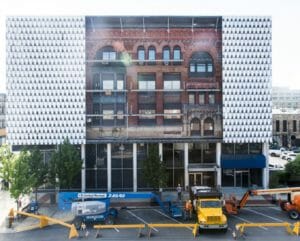
The Legacy, historically known as the Crapo Building, had a midcentury renovation in 1960 covering its original Romanesque revival architecture, which will be restored by Jenifer Acosta Development.
When you’re going after incentives to make your project work, you look like a greedy developer. Explaining all the red tape and market dynamics is usually something that stays between you and your Excel spreadsheet [chuckles]. It’s not easily translatable. I have a great reputation because I’m taking on historic buildings and I’m not ousting anyone. They were empty. I do still sometimes get called a gentrifier, which is funny since the buildings were vacant, so I don’t know whom I’m displacing. [Laughs.] Taking on well-known, 100-year-old historic buildings—the fact that they’re still standing amid this culture of demolition gives me a pretty positive reputation because I’m saving these pieces of our community. At first, the community was hesitant to embrace me—or any new developer for that matter. Once projects are completed, people are able to see the vision come to life and it builds their trust in you.
Could you go into more detail about any particular project of yours?
The building I’m working on right now, the Legacy, was a bank for 127 years. It sat vacant since 2013. It’s a four-corner property. Different developers had tried to make it work and couldn’t for a variety of reasons. When I went to look at it last year the seller was ready to tear it down. It felt like a blackeye on their brand.
The face of it is covered in a mid-century modern facade.
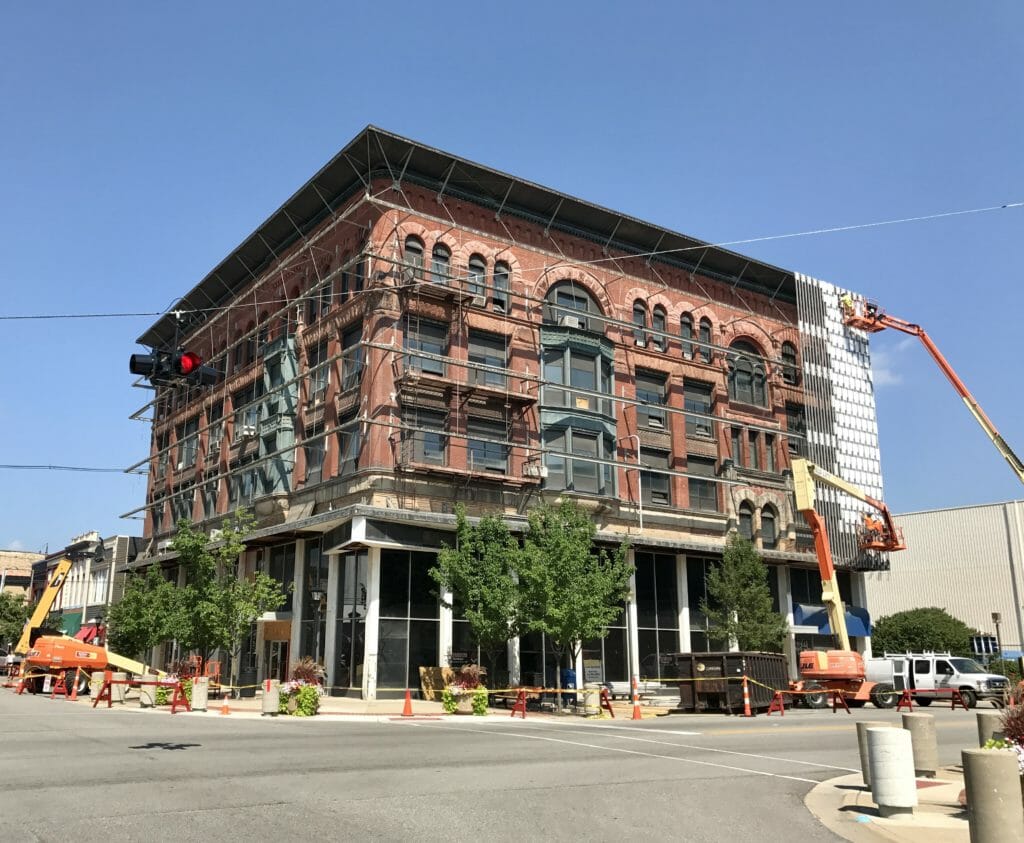
The Legacy will unveil an original Romanesque revival facade that few Bay City, Michigan residents knew existed until Jenifer Acosta Development’s adaptive use project. The Legacy will convert a 127-year-old commercial bank building into a mixed-use property featuring a restaurant, offices, and 26 apartments.
Originally, it’s a beautiful, Romanesque Revival of the sort done in Boston or Philadelphia. Its architects adopted this style locally and did a fantastic job of it. So we actually have some big-city architecture for a small town. But no one really knew that because in the 1960s, the bank did a complete renovation and redesigned the property to “modernize” it. We’ve been fortunate to find some beautiful craftsmanship from the 1920s and 1890s hiding behind drywall and drop ceilings.
Since I was buying it from a bank, I had to prove that I could make it cash-flow before I could even get a purchase option. The bank was in the middle of a merger, and they had to have it off their books by the date of the merger. We had a 90-day purchase option on a 50,000-square-foot [4,600 sq m] building that requires six layers of gap incentives. Part of that was submitting a Part I for historic tax credits right away, because the mid-century design was over 50 years old in the historic district, so we had to prove which architecture was contributing. That’s why a portion of it had been removed. It was essentially 30 days before we were going to close on the property that the National Park Service came back and said, “We think the 1890s architecture is more qualified, but all of your pictures are taken from five feet away, and we have to see that you have enough contributing architecture all at once to tell you whether you’ll be eligible for the tax credits.” And that was the only way to make my business model work, because you can’t have residential on the upper floors without sunlight.
So we started talking about how much of the paneling we had to take off. We got the permits and about two weeks later, we were removing the panels that were there since the 1960s. So three generations of locals in this small town had no idea it existed. It was like, “Wait a minute—we’ve called that building the cheese grater building for the last 50 years, but underneath has been that architecture the entire time? Why would anyone cover that up?”
Our environmental abatement is actually beginning today (mid-March 2017). Then we’re finalizing our construction contracts. We have to go through the final process of the CRP program with the MEDC. So once we have the architectural schematics finalized and have the MEDC finalized as a stakeholder and hear back from the National Park Service, we’ll be looking at breaking ground potentially in May 2017. Then it’ll be about a year and a half of construction. We’ll hopefully open in fall of 2018.
Whom do you most admire?
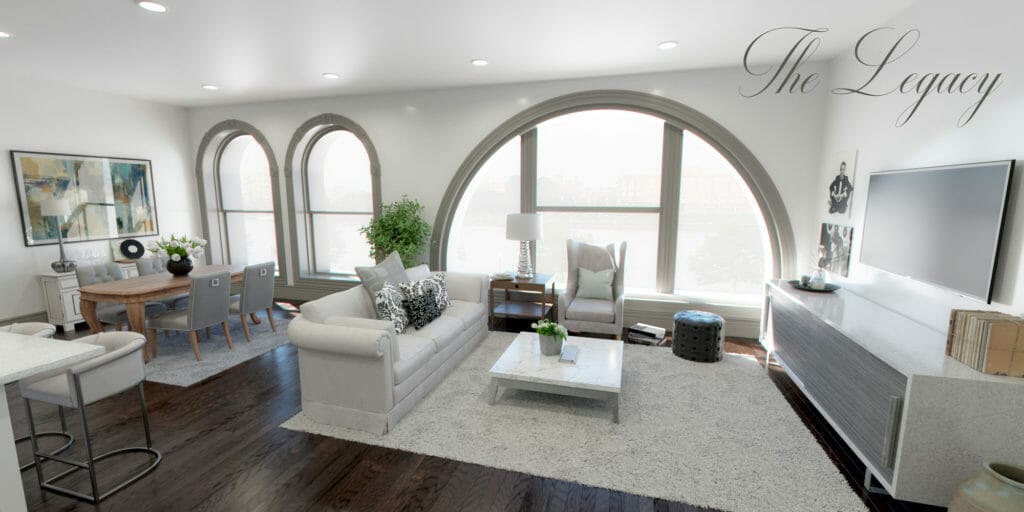
The Legacy’s rental units equally appreciate the ornate, historical facade’s value, permeating the units with natural light.
My father is one of my idols. He has founded and grown major health care companies his entire life. It’s been inspiring. Both of my parents are entrepreneurs, actually. Both of them are doing very different things. My father’s shoes are really big shoes to fill. Also, having him as my business partner on the Legacy was really big for me. Seeing the LLC [limited liability company] form, and seeing the two of us listed as equals on the form in the venture—as someone who’s always looked up to him—that was a really fantastic feeling. If I can continue to make him proud, I’ll be pretty happy.
About Entrepreneur Profiles
Entrepreneur Profiles are conversations with real estate development professionals who, in most cases, have recently made the leap into the industry whether as young individuals fresh out of school or as mid-career transitions.
With a focus on small-scale developers often doing incremental and transformative work, these are quick and easy to read profiles to raise awareness of these professionals. By telling their stories, the Urban Land Institute hopes to inspire the next generation of small scale entrepreneurs to transform their own communities. See the most recent Entrepreneur Profiles.